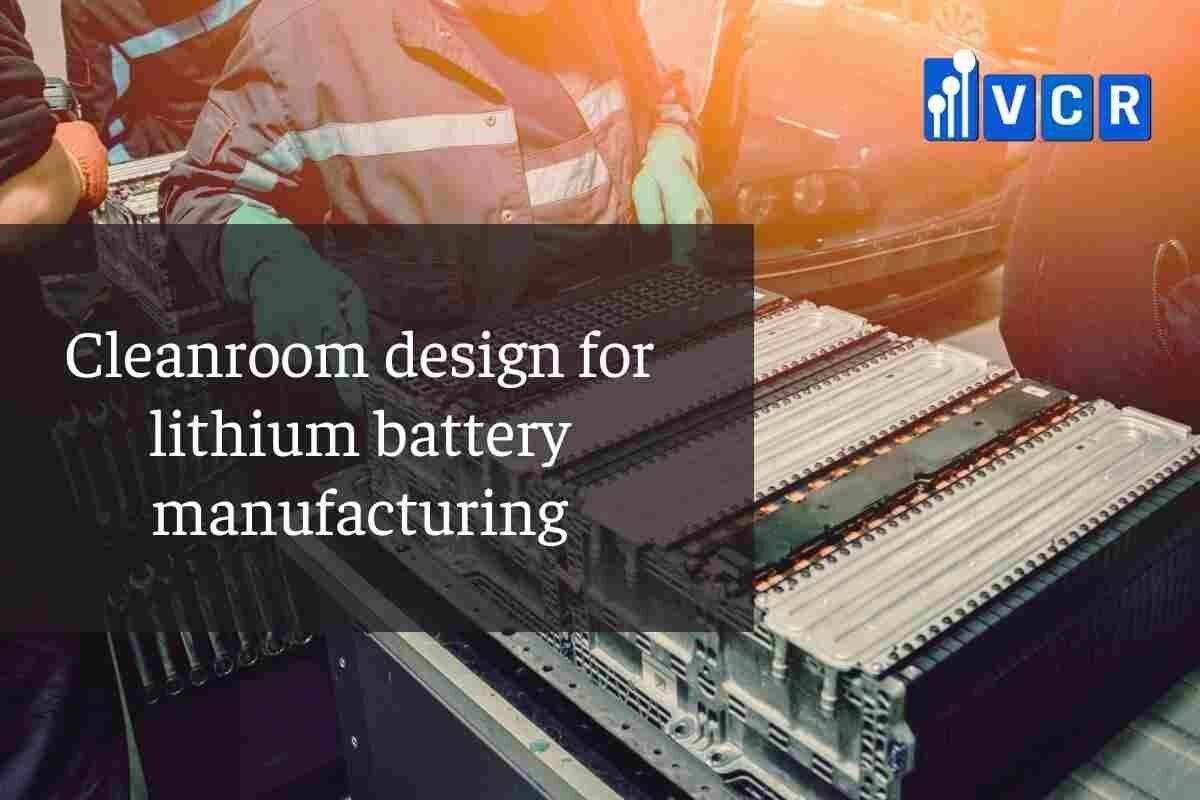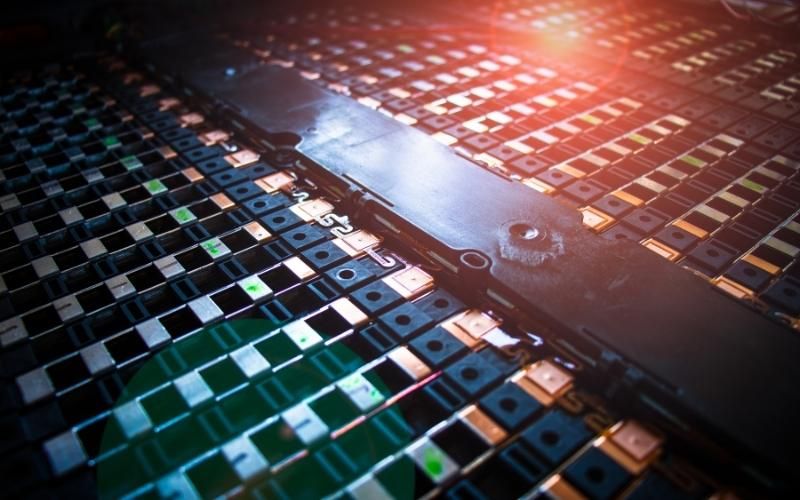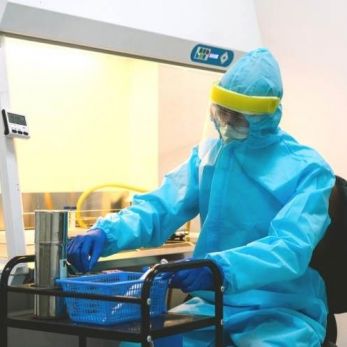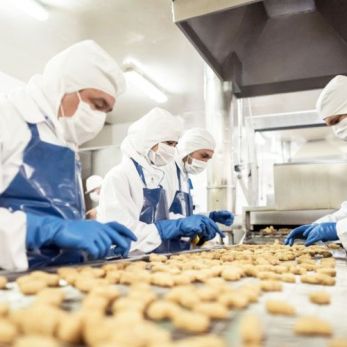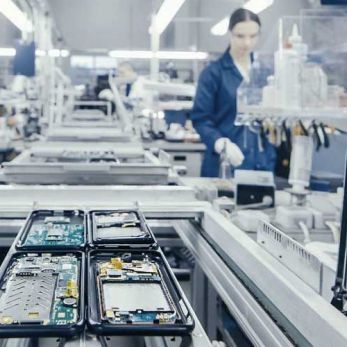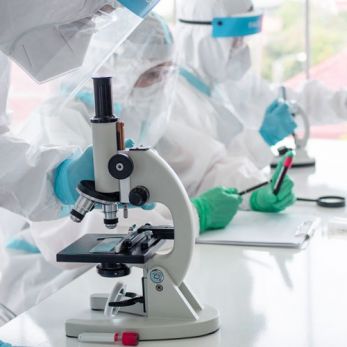Cleanroom design for lithium battery manufacturing
Lithium battery manufacturing is a complicated process requiring the presence of cleanrooms. In this article, we will clarify the cleanroom design for lithium battery manufacturing. There are 3 main factors in lithium battery cleanroom design,
Lithium battery manufacturing is a complicated process requiring the presence of cleanrooms. In this article, we will clarify the cleanroom design for lithium battery manufacturing.
There are 3 main factors in lithium battery cleanroom design, including material selection, construction requirements, and purification measures.
Material selection
It is necessary to choose a chemical-resistant, oxidation-resistant, and waterproof panel.
The moisture content of the material is not more than 16%
The shower area needs anti-slip ceramic tiles
Floor: 3mm epoxy self-leveling + high wear-resistant polyurethane finish + matte finish.
The 304 stainless steel plate is welded, and the cleaning wall is turned 1200mm along the ground.
The roller press weighs 35 tons, and the equipment foundation adopts a double-layer two-way steel bar structure.
Workshop wall: 50-mm handmade glass magnesium double-sided rock wool purification board, the thickness of the steel plate is 0.472mm.
Top: The ceiling is made of glass magnesium rock wool sandwich panel.
Doors and windows: cleanroom airtight doors and double-layer vacuum glass windows are required.
Construction requirements
It is required to be in accordance with GMP standards, such as:
- the gaps need to be sealed;
- all accessories are connected to the main structure;
- walls and ceilings should be flat and easy to clean;
- the amount of dust generated during operation must be cleaned at any time
- ...
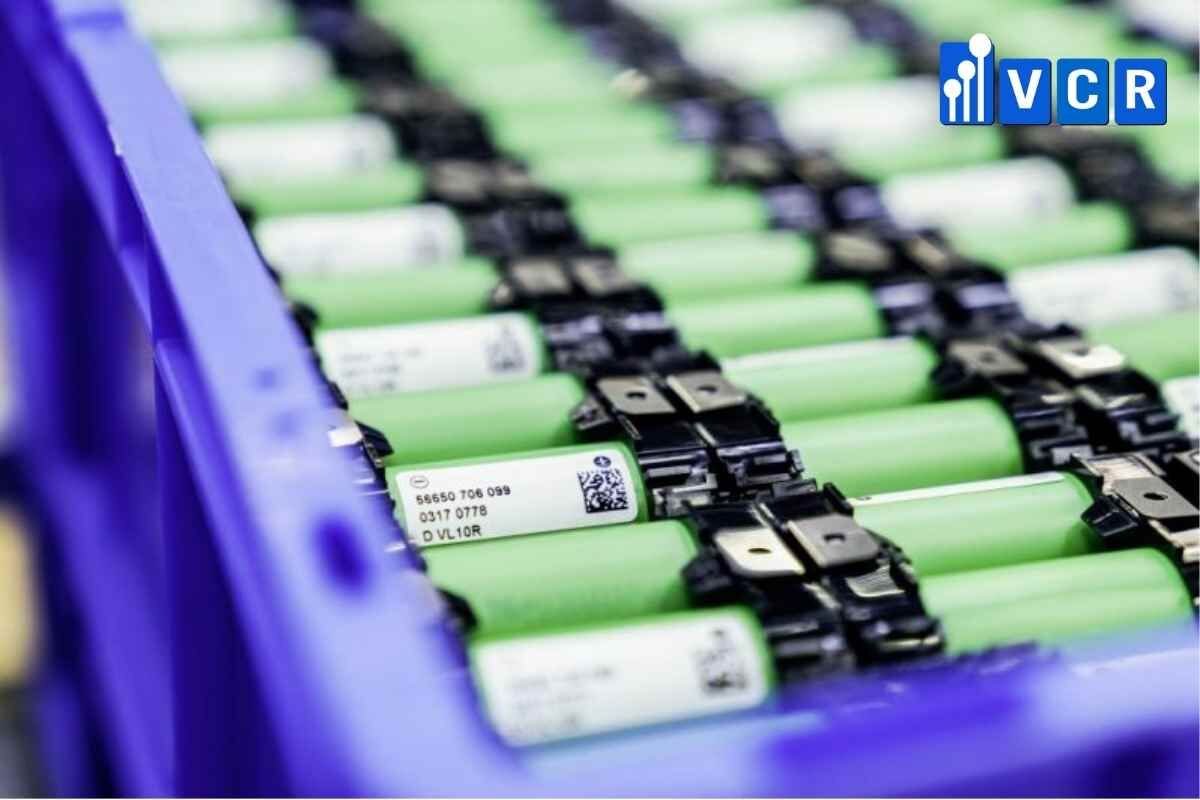
Purification measures
Purification measures are divided into two types: overall purification and partial purification.
Local purification is mostly used in service industries such as hospitals, while other industries such as energy mainly use overall purification.
The overall purification can be divided into laminar flow type and turbulent flow type.
+ The laminar flow type is more suitable for industrial cleanrooms with high cleanliness requirements.
+ If the cleanliness requirements are not particularly high, the turbulent flow type is generally used.
Turbulence cleanroom means that the air is filtered from the top of the cleanroom through the pre-filter and fine filters of the combined air conditioning unit, and the pressure is dispersed by the insulated air ducts to each room, and finally sent to the cleanroom through the high-efficiency filter air supply.
This air supply method is relatively common, and the return air is generally done at the bottom corner of the room, and the overall return air is used.
The biggest difference between the lithium battery cleanroom and other industries is that the lithium battery cleanroom has higher requirements for humidity control, and the dehumidification unit is the core equipment to ensure the environmental dew point.
The selection of the dehumidification unit, the airtightness of the cleanroom, the airtightness of the air duct, and the number of personnel in/out of the cleanroom all need to be considered comprehensively.
The dehumidification unit of this project should be provided by a reliable supplier. Stainless steel air ducts are required to use in low-humidity areas such as liquid injection. The air conditioning unit is controlled by PLC, which is integrated and installed on each air-conditioning control cabinet for easy operation.
In addition, for cleanrooms of different cleanliness classes, the self-cleaning time, and the number of air changes will be different.
For example,
In cleanroom class 1000:
- the self-cleaning time should not exceed 20min (15min is preferred),
- the number of air changes is 43.5 - 55.3 times/hour (standard: 50 times/hour)
In cleanroom class 10,000:
- the self-cleaning time should not exceed 30min (preferably 25min)
- the number of air changes is 23.8 - 28.6 times/hour (standard: 25 times/hour)
In a cleanroom class of 100,000:
- the self-cleaning time does not exceed 40min (30min is preferable)
- the number of air changes is 14.4 - 19.2 times/hour (standard: 15 times/hour).
